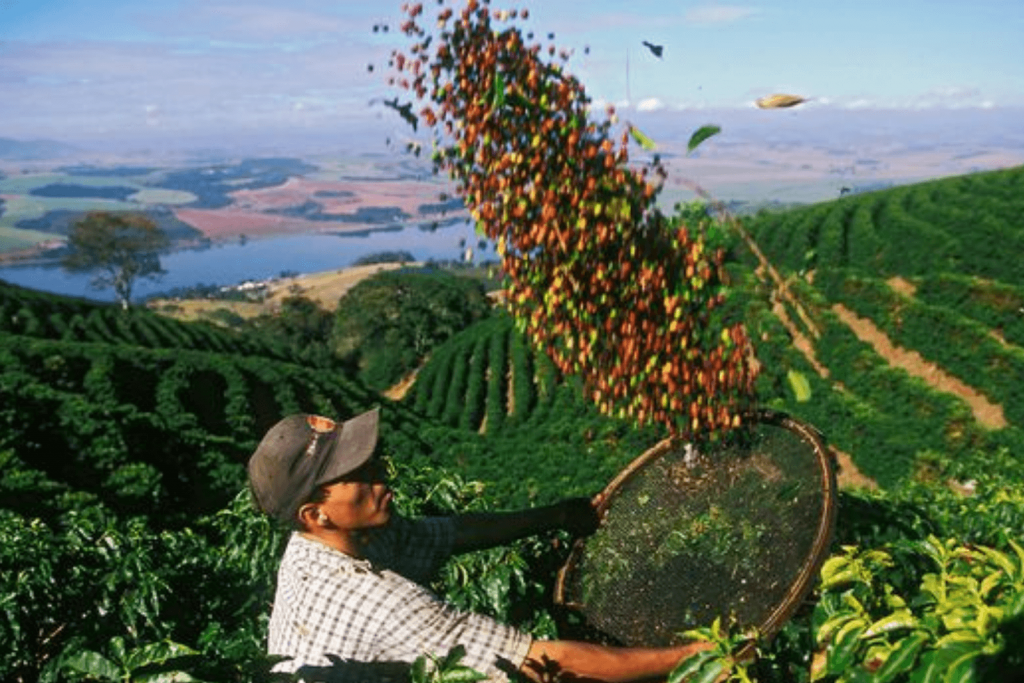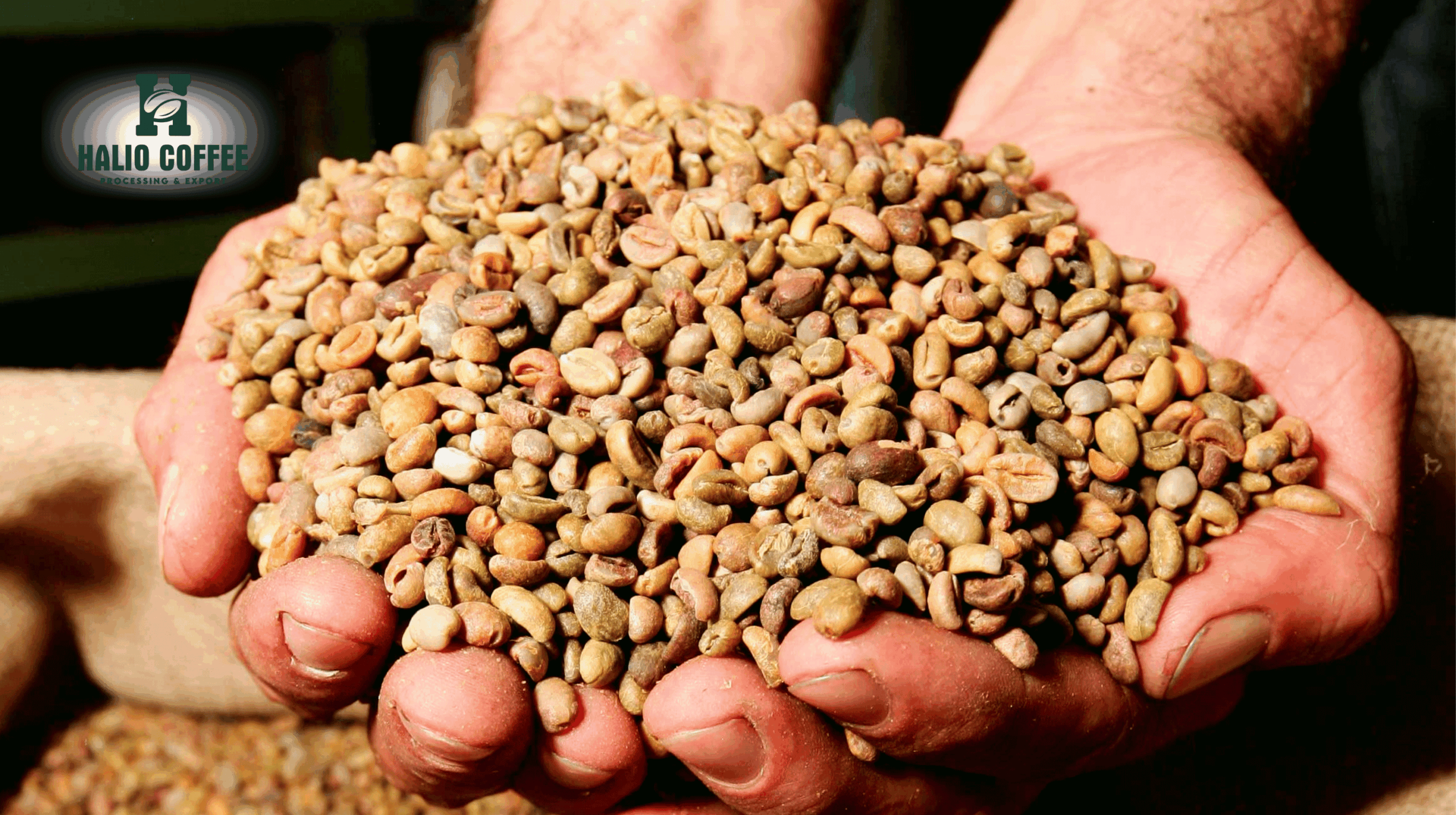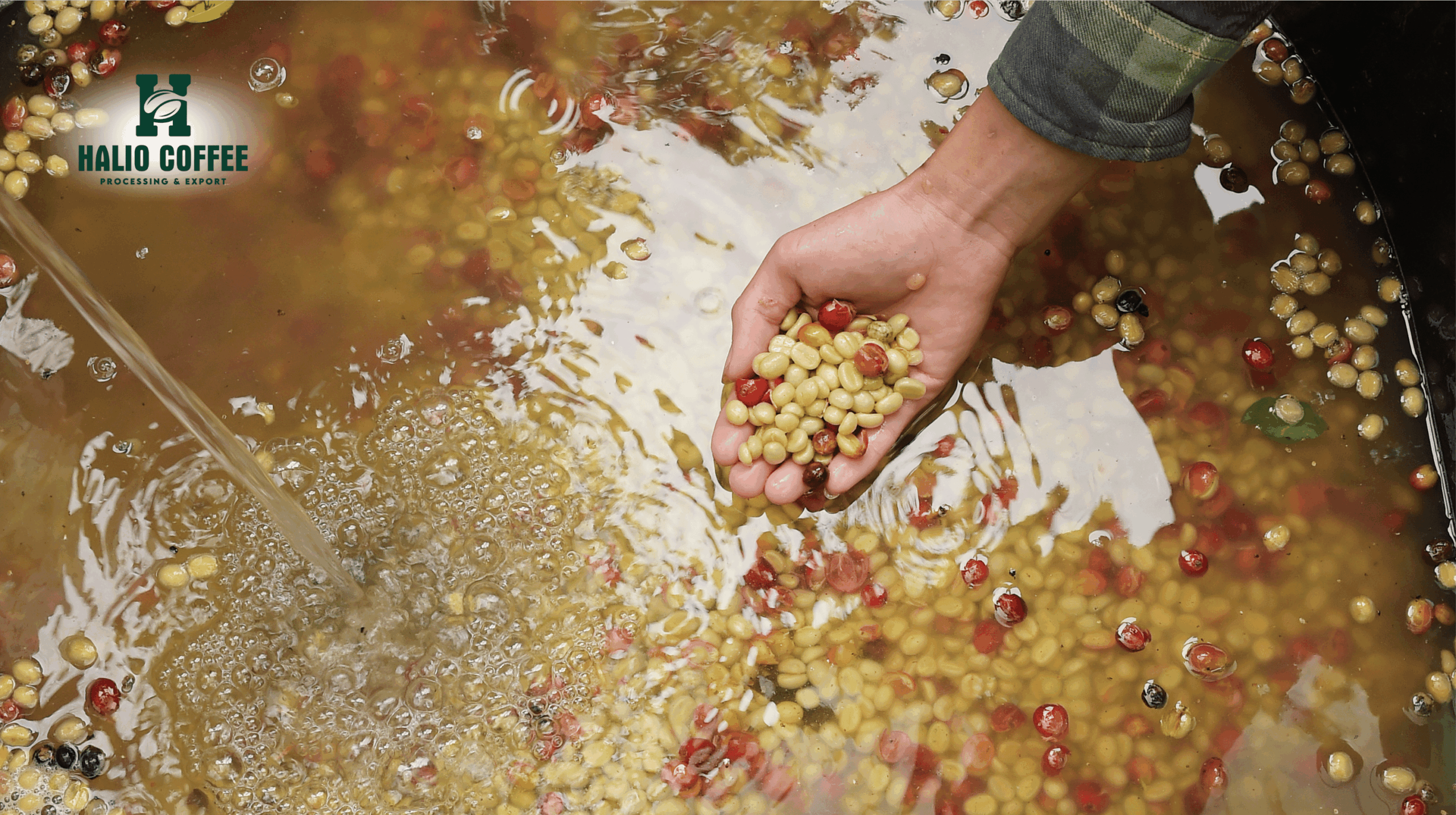Direct Trade Vietnamese Arabica Coffee: Redefining Transparency and Quality in the Global Coffee Industry
Vietnam has long been associated with its vast production of robusta, accounting for more than 40% of global robusta exports. Yet, in recent years, the country has made impressive strides in cultivating high-quality arabica, particularly in the highland regions of Lam Dong, Son La, and Quang Tri. This shift is transforming how buyers and roasters worldwide perceive Vietnamese coffee.
While Vietnam green coffee beans have traditionally been linked to bulk exports, the emergence of Direct trade Vietnamese Arabica coffee is introducing a new narrative—one of quality, traceability, and stronger relationships between farmers and global buyers.
What Is Direct Trade and Why Does It Matter?

Direct trade refers to a sourcing model where roasters and importers purchase coffee directly from farmers or cooperatives, bypassing traditional intermediaries. Unlike commodity trade, direct trade emphasizes transparency, quality, and sustainable pricing.
When applied to Vietnamese arabica, this model offers several advantages:
- Quality Assurance: Roasters can directly influence processing methods, harvest timing, and post-harvest handling to meet specialty standards.
- Price Stability for Farmers: By removing middlemen, farmers receive better prices for their beans, often well above commodity rates.
- Traceability: Buyers gain access to detailed information about the farm, terroir, and processing method, which adds value in specialty markets.
- Relationship Building: Direct trade fosters long-term partnerships that go beyond transactions, supporting knowledge sharing and sustainable practices.
For companies sourcing Direct trade Vietnamese Arabica coffee, this approach ensures they receive consistent quality while contributing to the livelihoods of farming communities.
The Unique Qualities of Vietnamese Arabica Coffee

Arabica coffee thrives in Vietnam’s mountainous regions, where elevation, soil, and climate conditions create ideal growing environments. The result is arabica that is increasingly competitive in international specialty markets.
- Flavor Profiles: Depending on the region, Vietnamese arabica offers cup notes of citrus, tropical fruits, floral undertones, caramel sweetness, and bright acidity. Coffees from Lam Dong are particularly prized for their clean profiles and balanced flavors.
- Processing Innovation: Farmers and processors are experimenting with washed, honey, natural, and anaerobic methods to diversify flavor outcomes.
- Consistency and Volume: Vietnam can offer not only unique flavors but also scale, something many smaller arabica origins struggle to provide.
These factors make Direct trade Vietnamese Arabica coffee attractive for roasters seeking both innovation and reliability.
Key Arabica-Growing Regions Supporting Direct Trade
Lam Dong Province (Cau Dat – Da Lat)
Known as the heart of Vietnamese arabica, Lam Dong’s altitudes of 1,500–1,650 meters provide ideal conditions. Direct trade relationships here often yield high-scoring lots with floral, tea-like qualities and crisp acidity.
Son La Province
Situated in Northwest Vietnam, Son La has become an important arabica hub. The coffees are versatile, with mild acidity, fruity sweetness, and balanced flavor—ideal for roasters looking for approachable profiles in blends or single-origin offerings.
Quang Tri and Kon Tum Provinces
Both regions are investing in arabica cultivation and post-harvest processing facilities, supported by cooperatives and international buyers. Direct trade initiatives in these provinces are fostering traceability and quality improvement.
The Business Case for Direct Trade in Vietnamese Arabica
For international coffee companies, investing in Direct trade Vietnamese Arabica coffee is not just a matter of ethics but also a sound business strategy.
- Access to Specialty Markets: With consumers increasingly demanding traceable and ethically sourced coffee, direct trade beans align perfectly with market trends.
- Supply Reliability: Unlike micro-origins that cannot handle large contracts, Vietnam’s robust agricultural infrastructure ensures consistent supply for both specialty roasters and large distributors.
- Cost-Effectiveness: Direct trade eliminates intermediary costs, enabling roasters to secure premium-quality arabica at competitive prices.
- Differentiation: Offering direct trade coffee allows companies to tell a compelling story to consumers, enhancing brand loyalty.
See more: Specialty Arabica coffee Vietnam
Challenges and Considerations for Direct Trade in Vietnam
Despite its advantages, direct trade is not without challenges:
- Farmer Education: Many farmers are still transitioning from commodity robusta to specialty arabica, requiring training in selective harvesting and post-harvest practices.
- Infrastructure: Investment in cupping labs, drying stations, and wet mills is critical to maintain quality consistency.
- Market Perception: Buyers still often associate Vietnam primarily with robusta, which means exporters must invest in branding and storytelling to highlight their specialty arabica.
- Certification vs. Direct Trade: Some buyers rely heavily on certifications such as Fairtrade or Rainforest Alliance, while direct trade depends more on personal relationships and transparency, which can take time to build.
For companies entering the Vietnamese market, understanding these dynamics is crucial to successful sourcing.
Case Studies: Direct Trade in Action
Specialty Roasters in the United States
Several boutique roasters in the U.S. have established direct trade partnerships in Lam Dong, showcasing Vietnamese arabica as single-origin offerings. These coffees are marketed with detailed farm stories, terroir information, and transparent pricing models.
European Importers
German and Scandinavian coffee importers are increasingly sourcing Direct trade Vietnamese Arabica coffee, drawn by its affordability compared to Central American origins while still meeting specialty-grade requirements.
Regional Demand in Asia
Japan, South Korea, and Australia are growing markets for direct trade Vietnamese arabica due to geographical proximity and cultural appreciation for specialty coffee. The freshness and logistics advantages further strengthen Vietnam’s position.
The Future of Direct Trade in Vietnamese Arabica
The future of Direct trade Vietnamese Arabica coffee looks promising, with strong support from cooperatives, private enterprises, and international partners. Direct trade not only benefits roasters but also creates sustainable growth for Vietnamese farming communities.
As traceability and ethical sourcing become non-negotiable in global markets, Vietnam’s ability to deliver high-quality arabica with transparency will ensure its role as a rising origin in specialty coffee.
The next step in this evolution ties closely to sustainability practices. Buyers and roasters are increasingly asking not just where their coffee comes from but also how it is produced. This naturally leads to a broader discussion about Sustainable Vietnamese Arabica, a crucial theme for the industry’s future.
- Vietnamese Green Coffee Beans Wholesale: Market Insights and Opportunities
- Coffee Prices on July 25: Continue Rising as Vietnamese Farmers Hold Back Sales
- Coffee Price Today, July 26: Sharp Decline as Brazil Accelerates Harvest
- Coffee Prices Today 1/10: Slight Increase Amidst Low Inventory and Vietnam Crop Concerns
- Dry Processed Robusta Beans: An Industry Guide for Producers, Roasters, and Global Distributors







